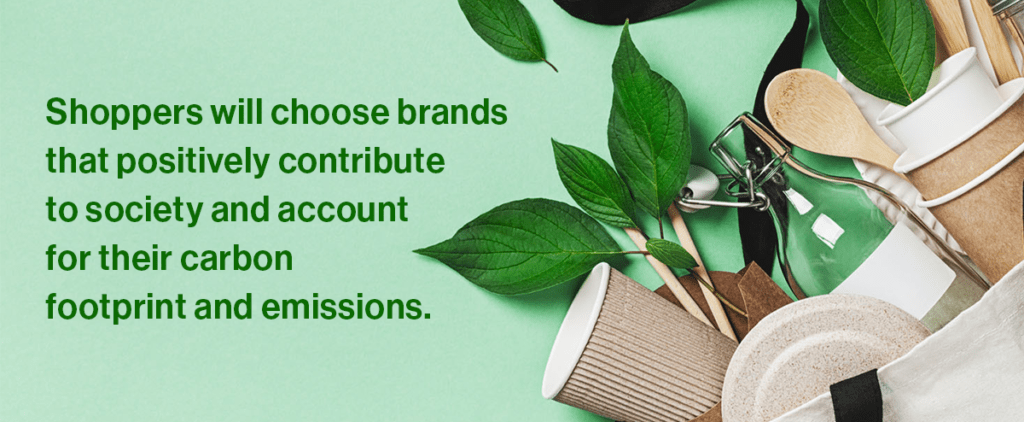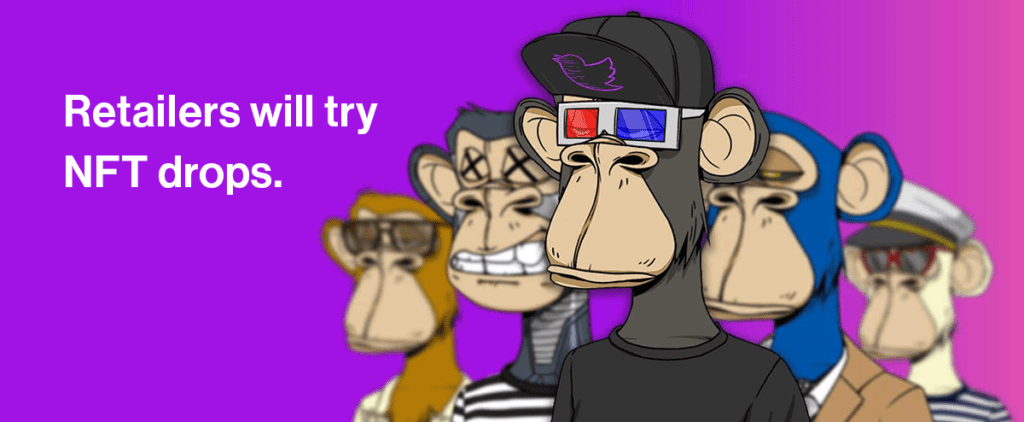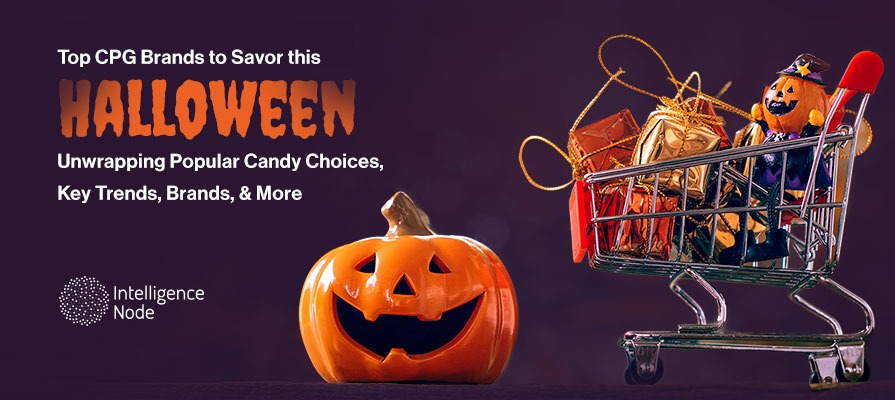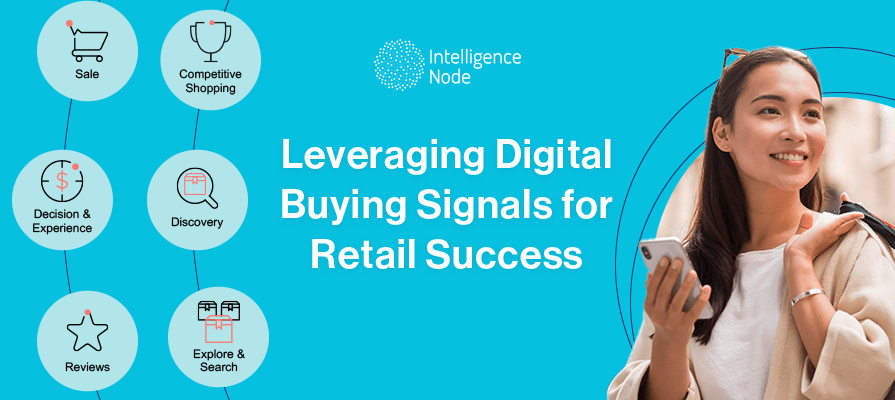Online sales rose 9% in the US to $257 bn in 2021. Though relatively modest, it was the highest growth witnessed since the pandemic. With looming inflation and recession, 2022 will be another eventful year for the retail industry. Businesses are (rightly) worried that skyrocketing gas prices, interest rates, and food shortages would negatively impact consumer spending this Black Friday.
But there’s hope!
Despite the downturns, evidence shows that the industry is picking up and going to pre-pandemic level sales. The real question then is not about how to drive sales. Instead, it’s how to use an omnichannel approach to achieve profitable growth. In this post, we share our top five predictions for the upcoming holiday season to help you align with emerging trends and beat the competition.
1. Shoppers will buy early
The consumer shopping pattern shifted significantly during the pandemic. Unlike shopping sprees that lasted the entire month pre-COVID, customers bought in early November over the last two years. While supply chain and inventory issues were the primary reasons earlier, it’s inflation this time. To cater to these buyers:
- Run great promotional offers well before Black Friday-Cyber Monday. It will help you remove excessive stock purchased during the inventory crisis and increase inventory turn.
- Offer tempting markdowns and irresistible discounts. Products advertised between 50%-60% and 70%-80% sell out the most, with a 50% discount performing the best. Use discounts to attract new shoppers but remember to reward loyal ones by sharing VIP-only or early access deals.
- Promote your deals via email drip campaigns and newsletters. Segment customers by shopping behavior and send personalized emails to increase your click-through rates and maximize profitable sales.
- Create a sense of urgency to build FOMO and boost conversions. Run advertisements and set a countdown for customers to avail the markdowns during a limited time window. Use terms like “shop now,” “limited time offer,” and “limited stocks” in promotional campaigns and add a digital timer to build hype.

2. Customers will expect value
The early pandemic years saw buyers’ marked preference for a frictionless experience. They gravitated towards online shopping and curbside pickup, but in 2022, they will go a step ahead. Alongside comfort and convenience, shoppers will look for lower prices. In fact, according to Salesforce, nearly half of all shoppers will ditch their regular brands for a lower-priced competitor.
To avoid losing your wallet share, track competitor pricing in real-time using a retail analytics tool like Intelligence Node. Use data-informed insights to price your products competitively and offer personalized deals. But don’t let markdowns and discounts erode your profit margins.
Prepare for the big day by choosing the products you want to push and then determine the discount prices. Remember, deep discounts don’t necessarily generate more sales. Brands like Next and H&M offer minimal discounting and yet report significant revenue.
Build a cautious discounting strategy to balance value with profit. If you don’t want to go for hefty discounts that erode margins, you can offer coupons that can be redeemed by customers on future purchases. Another great way to add value is by giving away less popular products for free.
3. Brick and mortar stores will drive growth
Online shopping remains a convenient option for most shoppers. But buying journey is no longer a linear physical vs. digital experience. Buyers interact at multiple touchpoints before completing their purchase. As you prepare to offer competitive prices on your website, buckle up to fulfill this demand in-store by:
- Adding signage for sanitation and social distancing instructions and updating customers about any major changes to your store’s flow on the website, social media, and mobile app.
- Hiring and training more staff to take care of the extra footfall and curbside pickup. You can also engage the new hires in your cleaning and sanitizing plan for merchandise.
- Using the latest technology to enable digital payment solutions and self-service. It will help you mitigate health concerns and offer a better shopping experience.

4. Consumers will choose sustainable options
Research by Sprout Social reveals that nearly 72% of shoppers want brands to contribute positively to society. After employee and customer treatment, a company’s sustainability practices are the topmost factor influencing buying decisions. Modern shoppers won’t buy from you if there’s a value mismatch.

This Black Friday, ensure you are honest about your carbon footprint and account for emissions. Share your sustainability initiatives and regularly promote sustainable practices on the product detail page, website, social media, and shipping options. You can also add QR codes on packaging to direct customers to your sustainability initiatives on the website.
5. Retailers will try NFT drops
Web3 and metaverse are fast gaining traction with young shoppers and Gen Z. According to Salesforce, 46% of buyers reported interest in buying NFTs, digital assets representing sacred collectibles on a blockchain.
The markets for NFTs may still be in nascent stages but retailers will look to capitalize on this trend and experiment with new ideas to grab attention. Jump on the bandwagon and set up crypto as a payment option for your products.
If you have a log-in to your website, let shoppers use digital wallets instead of regular passwords.

Get in Action
Economic turmoil and shifting consumer preferences will have a lasting impact on Black Friday sales and beyond. You need a well-informed strategy that removes operational roadblocks and boosts profitability over time. Use retail analytics from Intelligence Node to build a lucrative and sustainable sales plan for long-term success.




